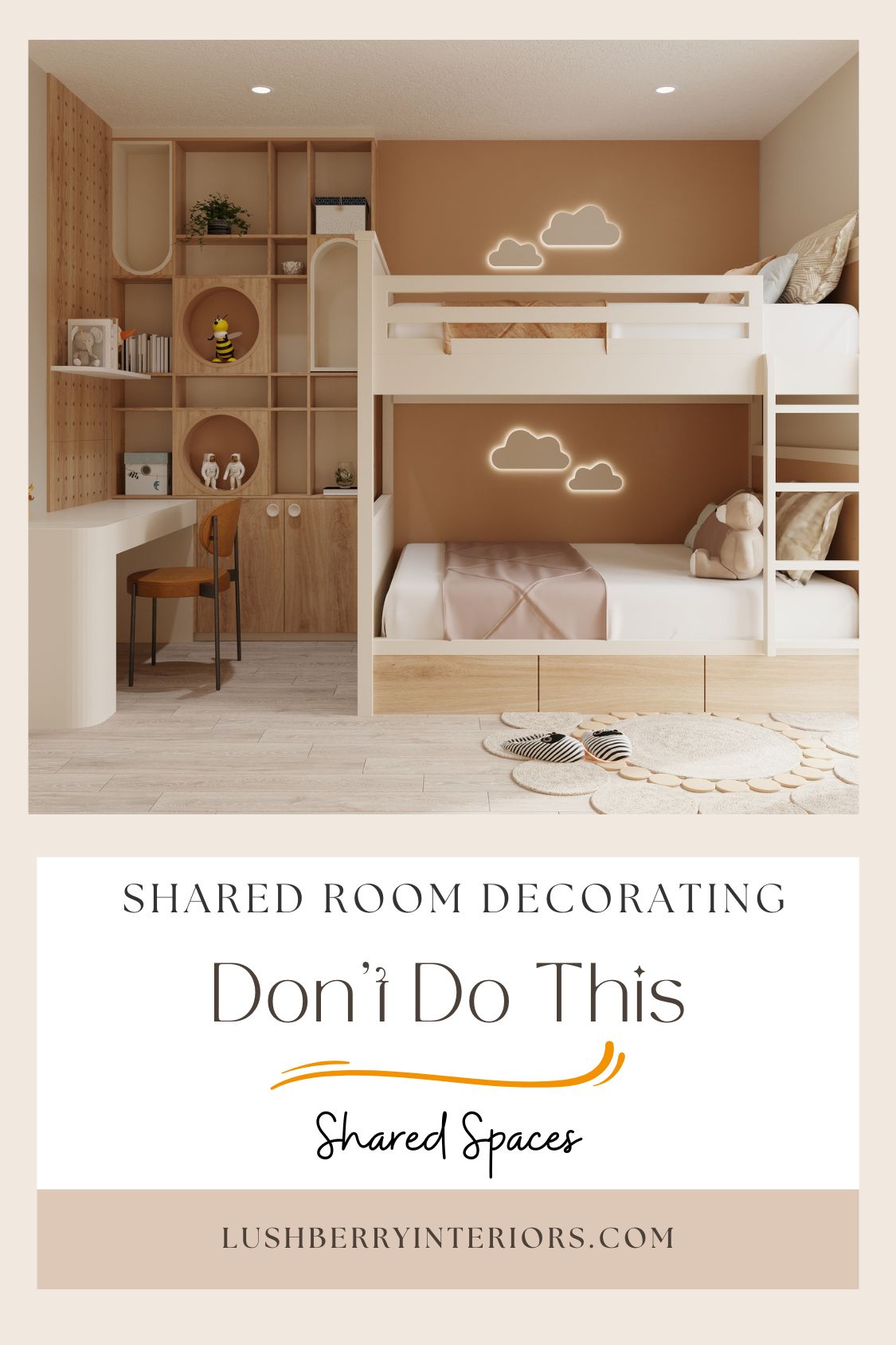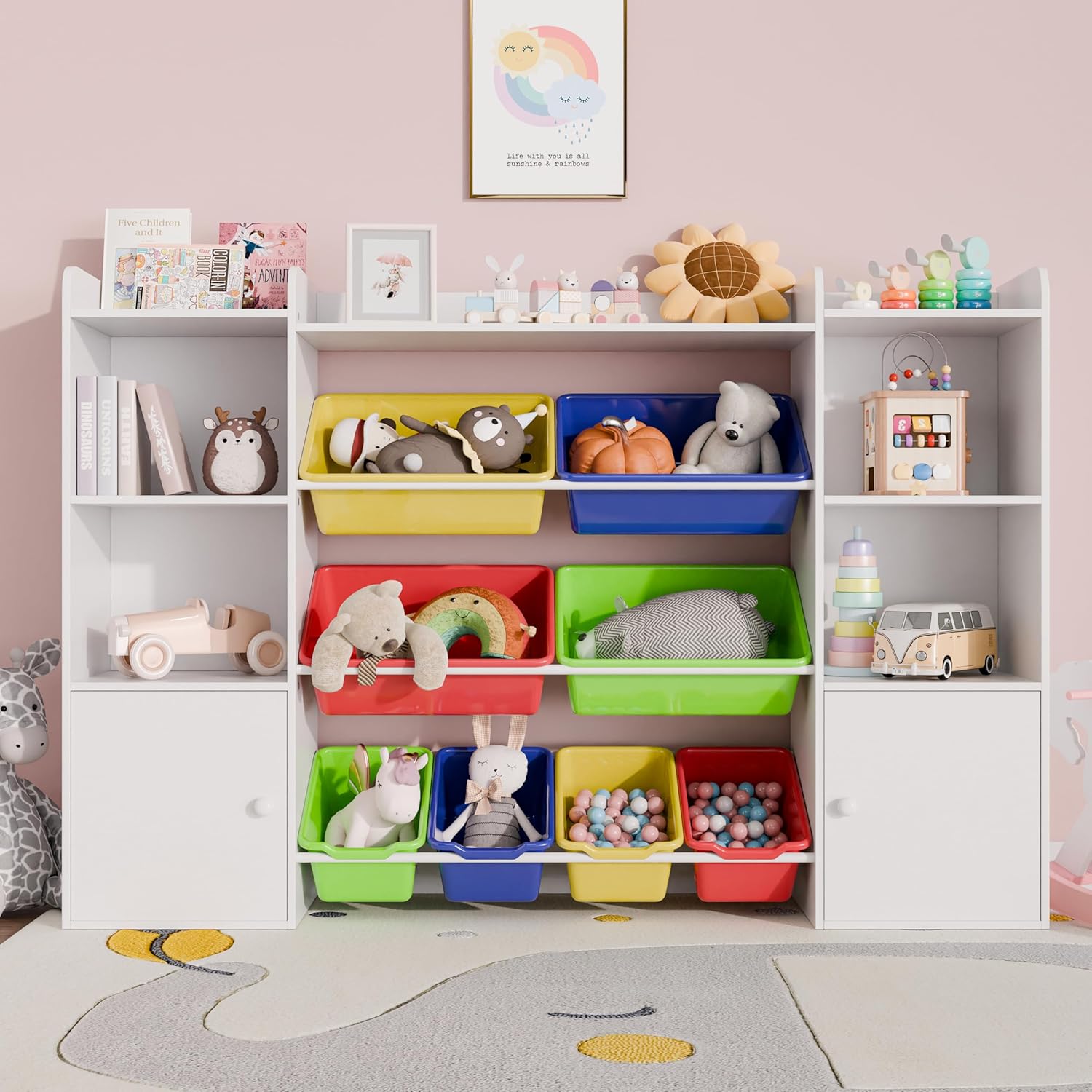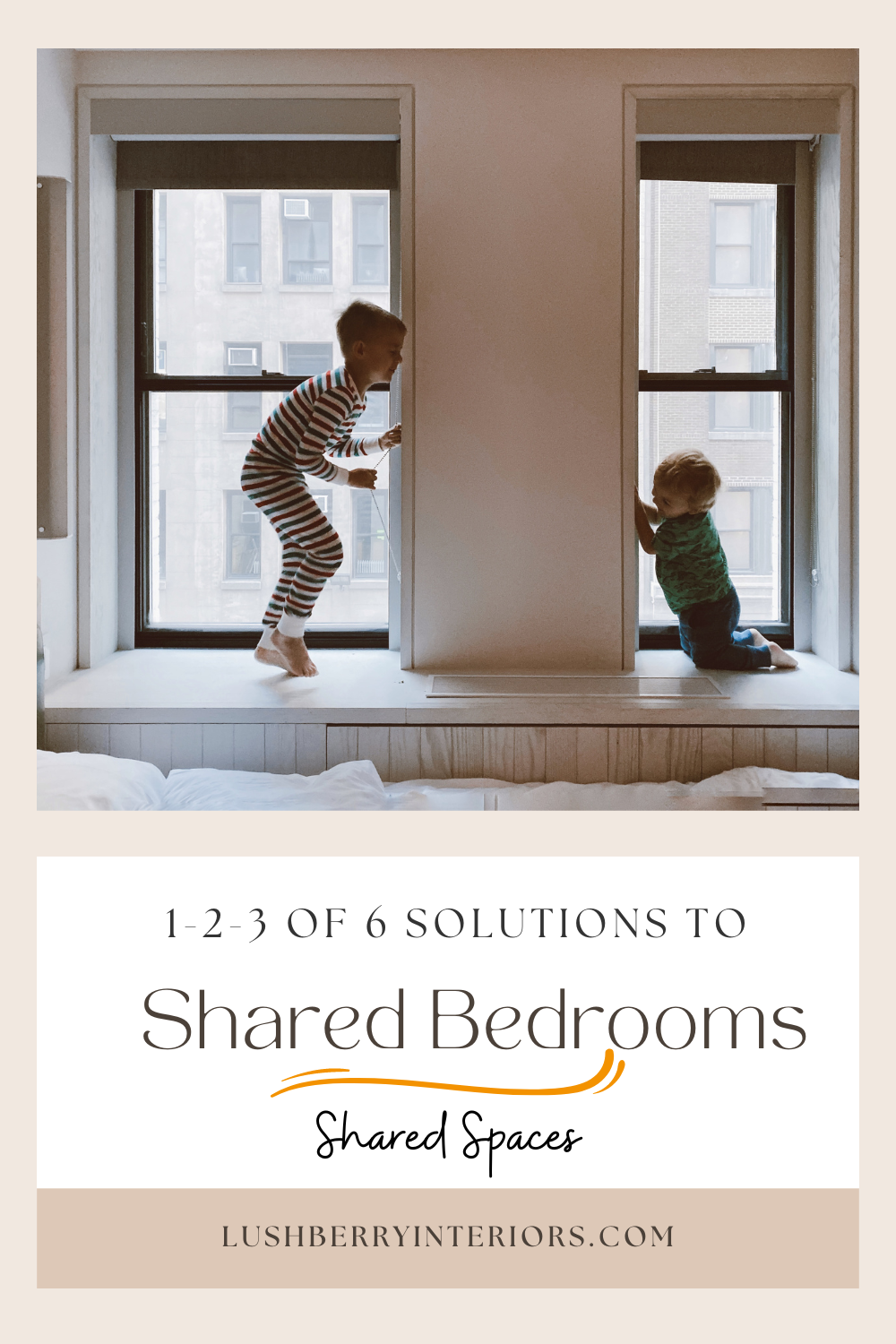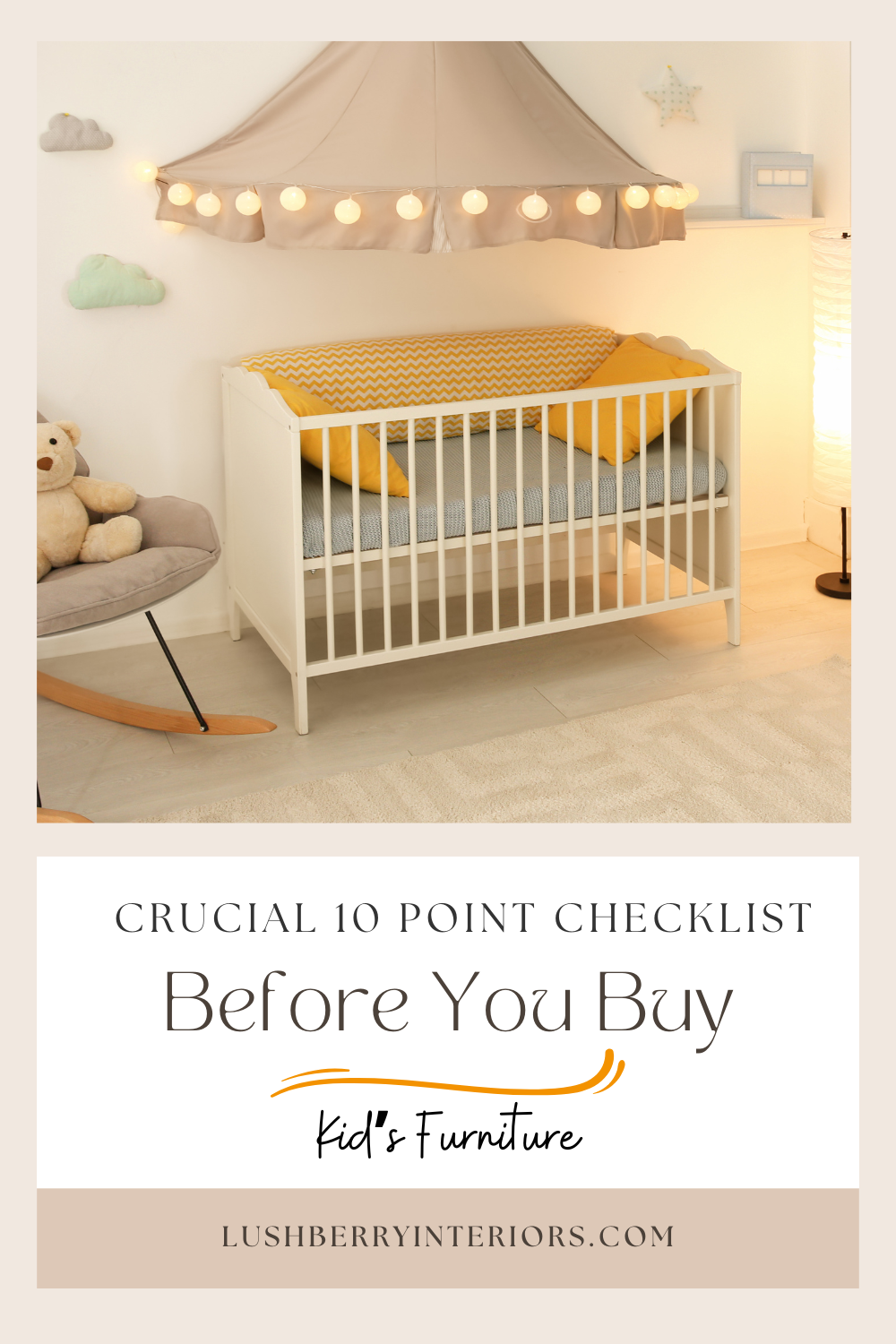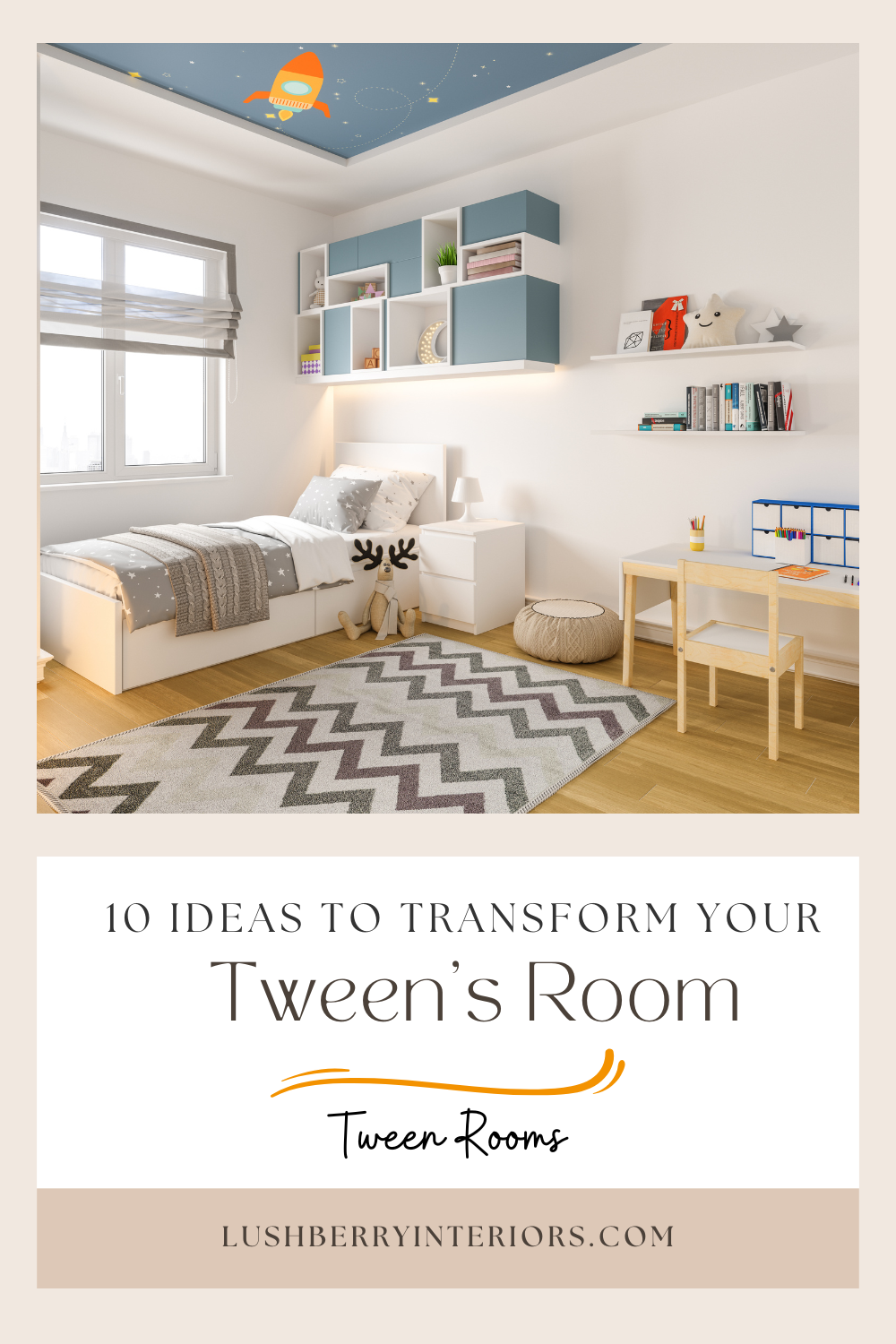9 Costly Mistakes to Avoid: Kids Shared Room Decorating Ideas
Find out how to dodge common decorating mistakes and make your kids' shared room decorating ideas functional and stylish.
(We have included third party products with the goal to help you navigate the web easily so you can focus on what matters to you. Purchases made through links on this page may earn us a commission.)
Designing a shared kids' room is already challenging, but there are unexpected pitfalls that could dampen the joy and satisfaction that shared room decorating ideas can bring you.
Let us explore some common mistakes parents make when decorating shared bedrooms along with effective solutions to help you avoid them. Whether you're designing for siblings with different personalities or trying to balance aesthetics and practicality, these tips will guide you to success.
Mistake #1: Neglecting Their Individual Needs
Every child is unique...even twins. It is important that we incorporate their individual needs and preferences. One common mistake is designing the room as if it’s for one person instead of two (or more). This can lead to tension and frustration.
Depending on the size of their room, you could
- Incorporate elements that reflect each child’s personality, such as unique bedding, artwork, or favorite colors.
- Designate specific areas for each child, like separate beds, shelves, or study nooks.
Mistake #2: Ignoring Their Need for Privacy
One of the biggest inconvenience of shared spaces is a lack of privacy. This is especially important to address when the age gap between the siblings is large or when they are of different genders. Overlooking the need for personal space can lead to conflicts between siblings.
There are simple shared room decorating ideas that can solve this issue:
- Use room dividers like curtains, bookshelves, or canopy beds to create distinct areas.
- Arrange furniture to give each child a sense of their own space within the room, such as loft beds with their desks under.
Mistake #3: Not Anticipating Storage Issues
Clutter is one of the biggest challenges in a shared kids’ room. It is one room being stretched to accommodate the paraphernalia of two growing individuals. Without proper storage, the space can quickly become chaotic.
There are many color-coordinated and stylish options available today to help solve this issue:
- Invest in multi-functional furniture like beds with built-in drawers or storage ottomans.
- Use labeled bins, baskets, or color-coded storage to keep belongings organized and easily accessible.
Mistake #4: Focusing on Aesthetics instead of Practicality
This is a common mistake these days with all the inspiration and visual stimulation available at your fingertips. While it’s tempting to create a Pinterest-worthy room, practicality should always come first. A room that looks great but doesn’t function well can cause daily frustrations for you and for the kids.
There are many ways to minimize this mistake,
- Choose durable materials and finishes that can withstand the wear and tear of kids.
- Prioritize furniture and layouts that are safe, accessible, and easy to maintain.
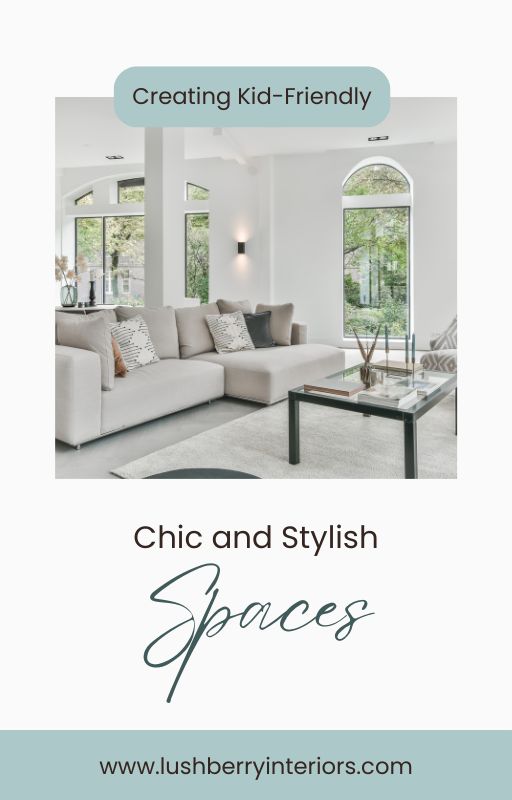
Struggling to create a space that's both stylish and kid-friendly?
You’re not alone!
As moms, we all want a beautiful home that reflects our style, but we also need it to work for our little ones. That’s why I’ve put together "Creating Kid-Friendly Chic and Stylish Spaces"—a free, quick-read guide filled with easy-to-implement tips that every mom needs!
Balance beauty and practicality - from smart storage solutions to fun decor ideas, this eBook will transform your space into a haven you and your kids will love.
Mistake #5: Being Afraid of Bringing Color In
I agree that it can be a slippery slope to bring in bold colors in shared spaces as it might be too overwhelming. It is a delicate balance to design a shared bedroom that grows with your kids but also accepts their changing tastes. However, sometimes a lack of color can make the room feel uninspired.
With a little bit of help from other shared room decorating ideas found here, you could feel like a pro:
- Use a cohesive color palette with pops of vibrant hues in accents like pillows, rugs, or wall art.
- Opt for gender-neutral tones like mint, mustard, or lavender if designing for siblings of different genders.
Mistake #6: Getting Caught Up in Themes
Themes can be tricky. Do them right and they can blow you away, but they can also become outdated quickly or fail to appeal to all the children sharing the room.
A couple of easy ways out of this would be to :
- Stick to timeless designs and incorporate subtle thematic elements through easily changeable items like bedding or wall decals.
- Avoid permanent installations based on themes that kids may outgrow.
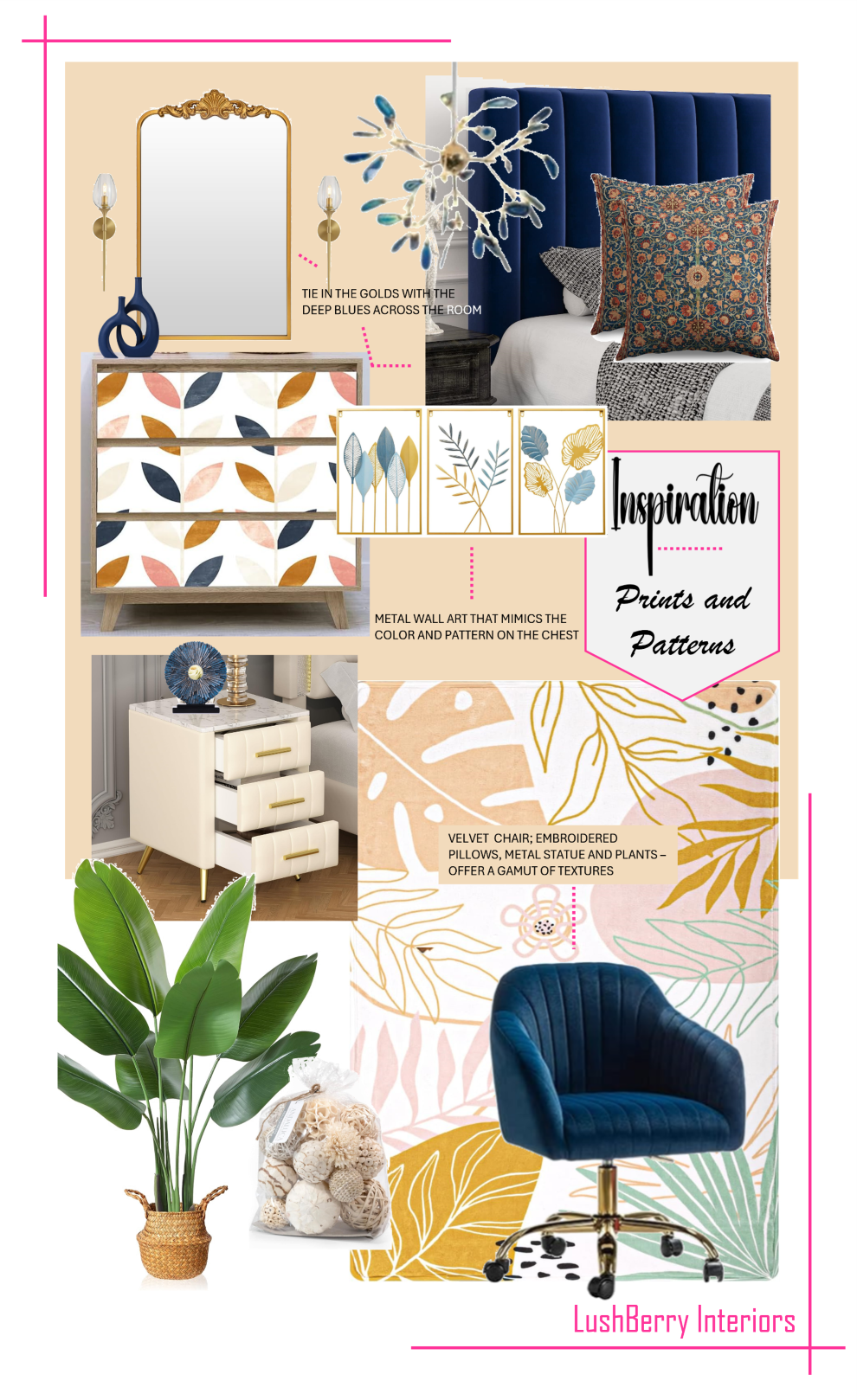
Mistake #7: Being Afraid of Patterns and Prints
Without a doubt, patterns and prints add personality and depth to a room. Whether you prefer florals or geometrics or even a bit of both, it's all about layering them in a way that would appeal and not clash.
Here are some shared room decorating ideas that allow you to bring in patterns without fear:
- Mix and match patterns thoughtfully—pair bold prints with neutral tones for balance.
- Use prints in smaller accents, like throw pillows, curtains, or framed artwork, to bring the room to life.
Mistake #8: Not Involving Your Kids
One of the biggest mistakes is designing the space without consulting the kids who will be living in it. This is something that I have mentioned time and again. Don't overlook the mental and emotional importance of involving both kids when decorating shared bedrooms.
I also talk about this here,
- Let your kids help choose certain elements, like colors, bedding, or decor.
- Give them age-appropriate options to ensure the room feels personal and meaningful.
Mistake #9: Ignoring the Room Layout
Your best shared bedroom decorating ideas will fall apart, if the room has a poorly planned layout. Understanding the flow and measuring the space are basic to avoid making the room feel cramped and difficult to navigate. For shared spaces, functionality is key.
You want to explore the kids bedroom's full potential:
- Use vertical space for storage to free up floor space for play or study areas.
- Position beds in a way that maximizes openness and minimizes disruptions, like avoiding placing beds too close together.
Decorating a shared kids' room doesn’t have to be stressful. By avoiding these nine common mistakes and focusing on functional, kid-friendly design solutions, you can create a space that fosters harmony and creativity. Remember, the best shared rooms are those that balance practicality with personality, giving each child a place they can call their own.
Recommended Articles

Hello, I am Richa - mom of 2 college kids (yikes) and 2 forever toddler fur babies - and I have the super mom-power of finding what my kids just cannot!
I am super excited to see you here. I enjoy interior designing so much I went back to study it. Now armed with knowledge, passion and a vision to make 'happy homes', I hope this site will give you all the tools you need to make your kid's room happy too. Read More...

